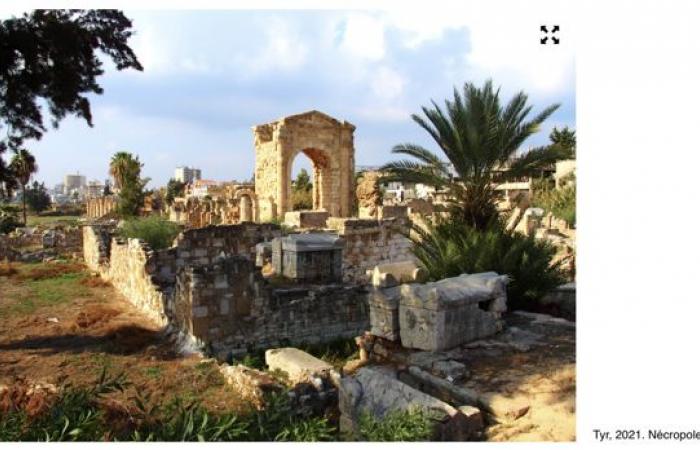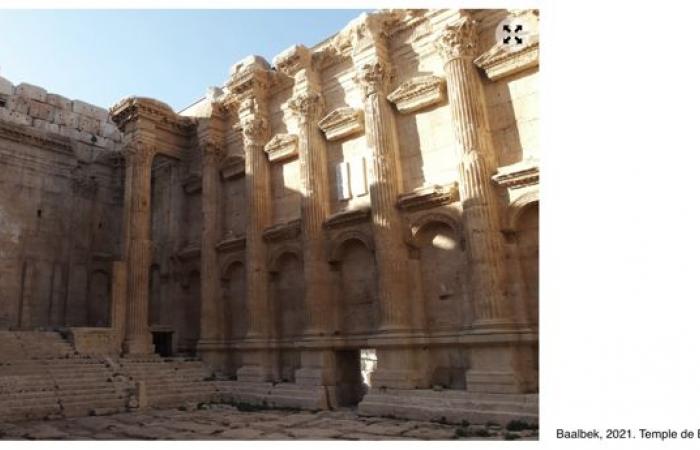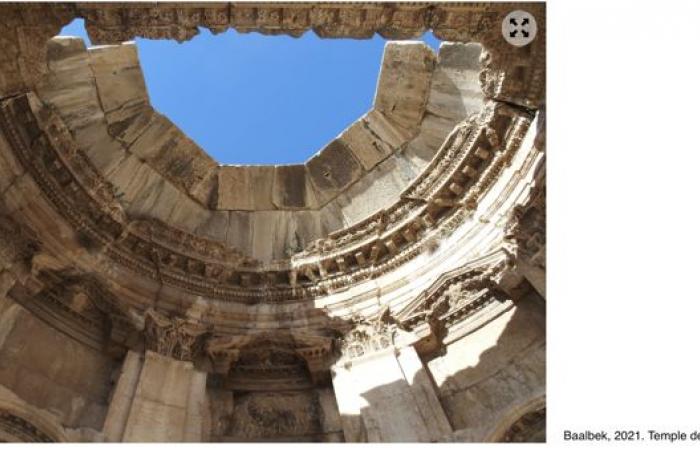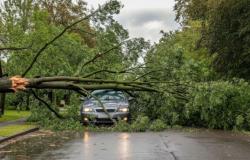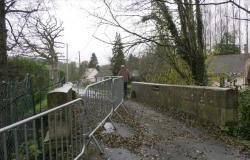From Orient XXI.
Monday November 18, 2024, the special committee of UNESCO (the United Nations agency for education, science and culture) responsible for the protection of cultural property in the event of armed conflict met urgently at the request from Beirut to decide to place 34 Lebanese heritage sites under “enhanced protection”. A welcome initiative, but which still leaves many civil society actors and archaeologists skeptical.
“It all depends on the scale of this decision and its implementation mechanisms,” puts Charles Al-Hayek, a history researcher based in Beirut, into perspective. The latter created in 2020 the Heritage and roots page on social networks as well as a YouTube channel to talk about Lebanese history and heritage (architectural, gastronomic, etc.). Since the start of the Israeli bombings, he has tried to relay calls for help to protect several archaeological sites.
UNESCO’s decision to place 34 sites under reinforced protection is based on the 1954 Hague Convention for the protection of heritage in the event of conflict, in particular with the creation “within the armed forces of special units responsible for the protection cultural property”. Targeting sites protected by UNESCO may constitute a war crime according to the International Criminal Court. The criterion for choosing the places to protect is based on “their highest value for humanity”, explains on France culture the CNRS researcher Vincent Negri, and author of the book Cultural heritage, target of armed conflicts. He believes that UNESCO’s decision must above all send a “strong signal” to the Israeli armed forces as a first step.
Palis, and century-old olive trees
More than 300 academics and professionals from the world of culture also signed a petition on November 17, 2024 to ask to guarantee the protection of Lebanese heritage. Around a hundred Lebanese deputies also warned about the destruction at the beginning of November, and called on UNESCO to protect the sites. “What is certain is that at least thirty villages were destroyed” in South Lebanon, recalls Charles Al-Hayek.
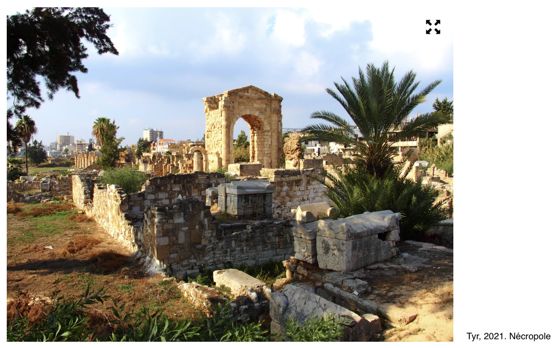
In addition to the three Lebanese sites — Tyre, Baalbek and Anjar — classified as world heritage and directly threatened, the south of the country, bombed since October 8, 2023, has a plethora of villages with churches, mosques and souks dating from the period Crusades and Ottoman.
Since the start of Israeli bombing, more than 3,480 people have been killed and more than 880,000 have been internally displaced, according to figures from the International Organization for Migration (IOM). Faced with the human tragedy, tangible and intangible heritage is often put aside, “but it must not be forgotten, because for the Lebanese, it is part of their identity”, explains Sarkis Khoury, general director of Antiquities within from the Lebanese Ministry of Culture. He was responsible with his department for drawing up the list of threatened sites, which was then submitted to UNESCO. There are notably the fortresses of Tebnine and Beaufort (12th and 13th centuries), the Beiteddine palace (19th century) and the national museum of Beirut, in addition to sites already classified as UNESCO world heritage sites.
“For now, we are documenting and recording the destruction and damage. It will then be up to the Lebanese government to decide whether to file a complaint with the International Criminal Court,” explains Mostafa Adib, Lebanese ambassador to UNESCO and in Berlin.
Sarkis Khoury adds:
We receive a lot of alarming information from the field from the site guards and our agents on site. When you destroy a village, the century-old olive trees, the ancestral vines, the old presses also disappear, this too is part of the Lebanese heritage.
While warning of this risk of “identity uprooting”, he recalls that Lebanese heritage has often been built on the “stratification of each civilization over the other”, “and there we find ourselves facing total destruction, as if our history no longer existed.”
Resist earthquakes, but not Israeli artillery
Another difficulty is the impossibility of carrying out a real assessment of the extent of the damage, several sites being located in disaster areas and inaccessible. “Normally we should be able to fly drones and send experts for this kind of assessment, everything is complicated at the moment,” confirms Sarkis Khoury. In addition to the classified sites and the covered market of Nabatiyé (early 20th century) destroyed in mid-October by Israeli aircraft, historians and archaeologists also fear for the Roman archaeological sites of Tire and Baalbek. It was shaken by rocket fire launched since November 6, 2024, 500 meters from its location. According to Lebanon’s ambassador to UNESCO, Mostafa Adib, a wall near the Baalbek citadel was hit and a building from the Ottoman era (1920s) was completely destroyed.
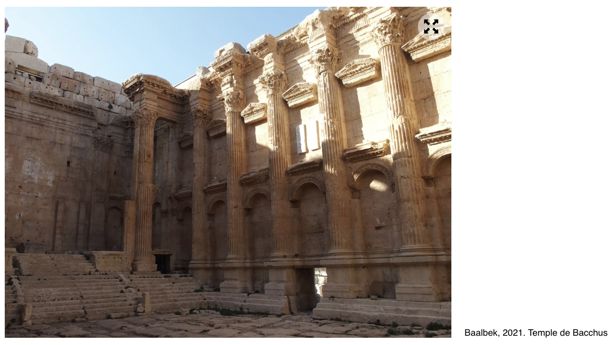
“These sites were built by the Romans to deal with earthquakes and others, they have survived the vagaries of time, but they are not designed to deal with Israeli military equipment,” worries Charles Al -Hayek. Chamaa Castle (12th century) about a hundred kilometers from Beirut, which has been undergoing restoration with Italian support since 2021, was temporarily occupied by the Israeli army in mid-November: “For the moment , we do not know if the site was damaged or not,” specifies Charles Al-Hayek. The Beaufort Fortress, which already served as a military base for the Israeli army for eighteen years during the occupation of South Lebanon (1982-2000), is once again threatened. The Ottoman mosque of Kfar Tebnit (late 19th century) near Nabatiyé was also destroyed. The unique site dating from the Umayyad era (6th – 7th centuries), located in Anjar in the Bekaa Valley, is also in danger according to the Lebanese ambassador to UNESCO Mostafa Adib.
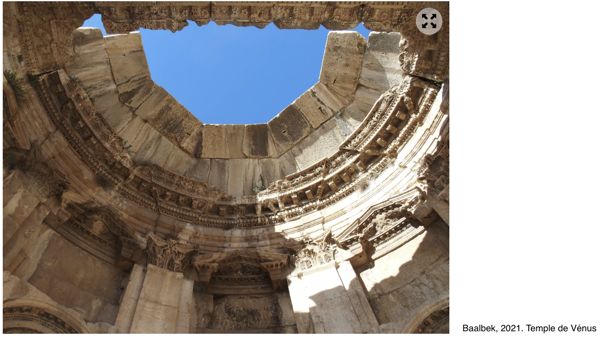
Maroun Khreich, lecturer in history, ancient languages and heritage at Saint-Joseph University in Beirut, recalls:
There are also little-known sites such as those of Qatmoun in Rmeich (already bombed in 2006 by Israel), the center of the village Alma whose vernacular architecture is centuries old, the covered market of Bint Jbeil, the sites of the Wadi- Zebqin and Rob El Tatlin which were destroyed.
He believes that UNESCO’s decision is important but late. Icomos, an NGO dedicated to the protection and conservation of heritage sites, had launched the alert since October 17 on the fate of archaeological sites in Lebanon. “Unfortunately there has been a deafening silence on the events, both in terms of human losses and heritage,” laments the academic.
While the wait for a ceasefire is still at the heart of political and diplomatic discussions, Charles Al-Hayek is already thinking about what comes next:
We need not to forget our heritage, because this is what will then motivate reconstruction and social bonds in the face of this new trauma. Preserving the history of these sites and publishing it has a double function: to remind us that we are part of world history, because many seem to forget it, and also to help the affected communities who will need this memorial work to forge a link social during reconstruction.
Despite this determination, other problems were raised by the researchers. The risk of looting of certain sites in disaster areas, as is often the case when heritage finds itself at the center of armed conflicts.
The question of sheltering collections in the case of the Beirut museum or that of Sursock (museum of modern art which bears the name of its founder Nicolas Ibrahim Sursock) was also raised. These issues seem like déjà vu for Lebanon, although the context is radically different. During the civil war from 1975 to 1990, the works of the National Museum of Beirut were, in the 1980s, moved to the basement and walled up for protection. Reinforced concrete boxes had been placed around the most imposing works in order to protect them. Archaeologists had also buried remains found in Tire and nearly 600 pieces from the excavations had been transported from the Tyre deposit to Byblos. Today, the massive Israeli bombings and heavy artillery used generate damage that is very difficult to assess or anticipate. Mostafa Adib specifies, however, that the decision to protect the 34 Lebanese sites was accompanied by the release of an emergency fund of 80,000 dollars (76,360 euros) “part of which could be used to move and protect certain works, but only in the sites that we can currently access,” he specifies.
******
Subscribe to our weekly newsletter – to receive all the links to access the articles published each week.
Every week, PTAG publishes new articles in its different sections (economy, environment, politics, social movements, international news, etc.). The weekly letter sends you by email the links which allow you to access these articles.
Click on this button to subscribe to the PTAG newsletter:


